This collection covers places in remote deserts, isolated islands, and inaccessible mountain regions where human settlement is limited to a minimum. They range from research stations in Antarctica such as McMurdo Station and the Amundsen-Scott South Pole Station to the French Kerguelen Islands in the southern Indian Ocean. The collection includes settlements without road access like the village of Supai deep in the Grand Canyon of Arizona, reachable only on foot, by helicopter, or by mule, as well as Ittoqqortoormiit on the eastern coast of Greenland. Other locations are Easter Island in the Pacific, located over 2300 miles (3700 kilometers) from mainland Chile, and Tristan da Cunha, an inhabited island group in the middle of the South Atlantic. Extreme locations include Alert in Nunavut, Canada, the northernmost permanently inhabited settlement in the world, the Siberian village of Oymyakon with its exceptionally low winter temperatures, and the Yemeni island of Socotra with its peculiar flora. The collection also includes the Siwa Oasis in the Egyptian desert, Motuo County in Tibet, and the Scottish island of Foula.

Saint Helena, Ascension and Tristan da Cunha
Tristan da CunhaThis archipelago is located 1,700 miles (2,800 kilometers) from the nearest continent in the South Atlantic and is home to about 250 residents. Tristan da Cunha is considered the most remote inhabited island group in the world, accessible only by ship with a journey lasting several days. The main island has a small settlement called Edinburgh of the Seven Seas, where the entire population lives. The islands are volcanic in origin, with Queen Mary's Peak rising over 6,700 feet (2,000 meters) above sea level. The community is largely self-sufficient, relying on fishing and agriculture for sustenance.
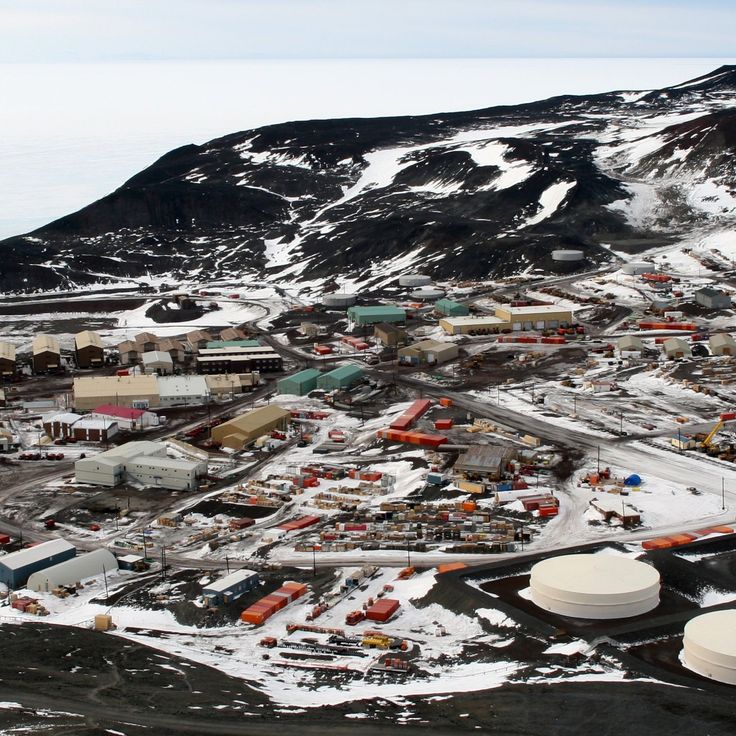
Antarctica
McMurdo StationMcMurdo Station serves as a scientific research base on Ross Island in Antarctica, housing up to 1200 people during summer and about 200 during winter. The facility supports various research programs in fields including climate science, geology, biology, and astronomy. The station functions as a logistics hub for other research installations across the continent and features laboratories, living quarters, communication facilities, and transportation equipment. Its location on Ross Island provides access to surrounding ice fields and the Antarctic Sea for scientific investigations in one of the most isolated regions on Earth.
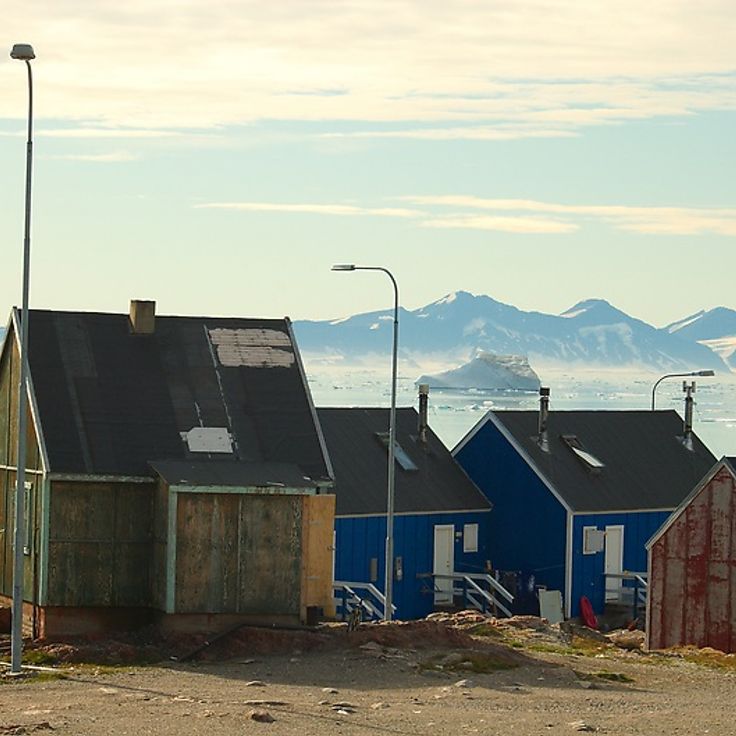
Greenland, Kingdom of Denmark
IttoqqortoormiitThis settlement is located on the east coast of Greenland and is home to approximately 350 residents. Ittoqqortoormiit is one of the most remote permanently inhabited communities in the Arctic, with winters lasting eight months. The settlement was established in 1925 and serves as a gateway to Scoresby Sound, the largest fjord system in the world. Access is primarily by airplane or helicopter, as there are no road connections. The inhabitants sustain themselves through fishing and hunting seals, polar bears, and musk oxen. For several months each year, the settlement can only be reached by helicopter when sea ice makes boat travel impossible.
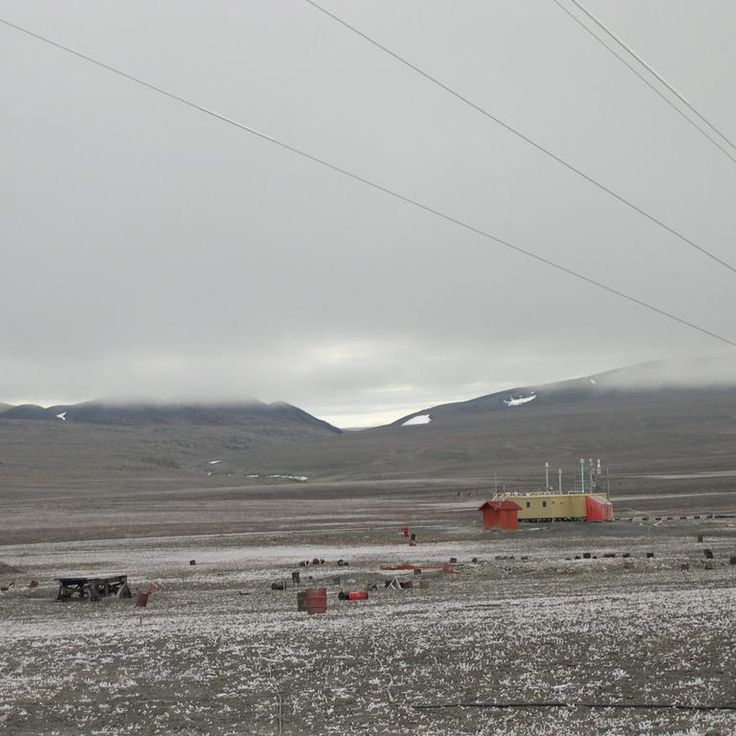
Nunavut, Canada
AlertThis military installation is located 510 miles (817 kilometers) from the North Pole in the northernmost reaches of Canada. Alert serves as a weather station and military outpost in a region where temperatures regularly reach minus 40 degrees Fahrenheit (minus 40 degrees Celsius). The facility is operated by a small number of personnel working in rotating shifts. The site is accessible only by aircraft and experiences total darkness during the polar night. The nearest major settlement lies hundreds of miles to the south. Alert ranks among the northernmost permanently inhabited locations on Earth and demonstrates the extreme conditions of human presence in the Arctic.
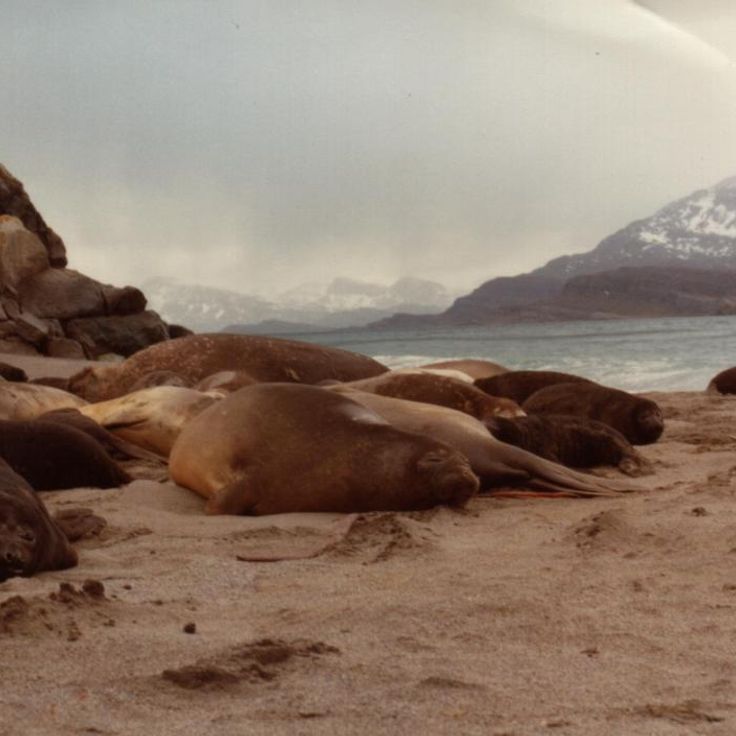
French Southern and Antarctic Lands
Kerguelen IslandsThe Kerguelen Islands lie in the southern Indian Ocean, 2,050 miles (3,300 kilometers) from Madagascar. The nearest research station is 870 miles (1,400 kilometers) away. The archipelago consists of about 300 islands of volcanic origin and covers a total area of 2,780 square miles (7,200 square kilometers). The main island Grande Terre accounts for most of the land area. The climate is cold and windy with frequent precipitation. The islands host colonies of king penguins, elephant seals, and various seabird species. A French research station on the main island is the only permanent human presence on the archipelago.
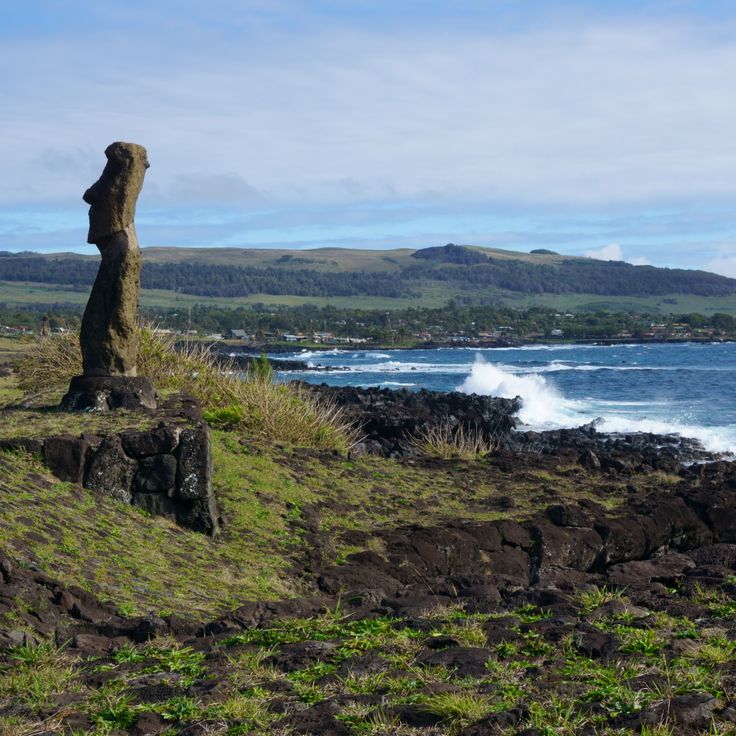
Valparaíso Region, Chile
Easter IslandEaster Island lies 2300 miles (3700 kilometers) off the Chilean coast in the South Pacific and represents one of the most remote inhabited places on Earth. This volcanic island contains 887 monumental stone statues known as moai, constructed between 1100 and 1680 by the Rapa Nui people. The statues represent ancestral figures and stand along the coastline and throughout the interior of the island. The island covers an area of 63 square miles (163 square kilometers) and displays remnants of a Polynesian culture that developed in complete isolation.
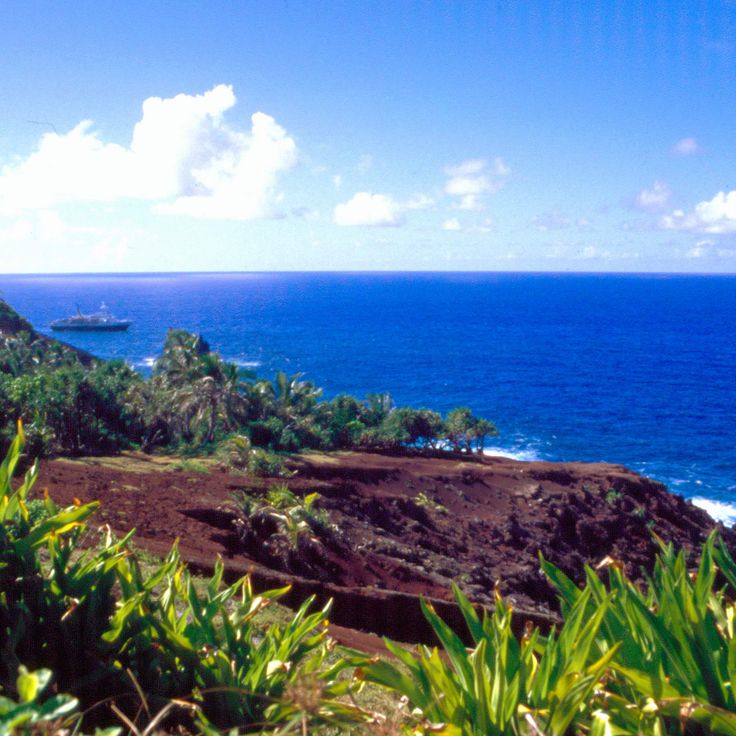
South Pacific
Pitcairn IslandsThis archipelago lies in the southeastern Pacific and is the least populated British Overseas Territory, with approximately 50 residents. The Pitcairn Islands consist of four volcanic islands, with only Pitcairn inhabited. The islands are known for their remoteness, located about 1,400 miles (2,200 kilometers) from Tahiti and over 3,100 miles (5,000 kilometers) from New Zealand. Access is by ship only, as no air connections exist. The archipelago was settled in the 18th century by mutineers from the Bounty.
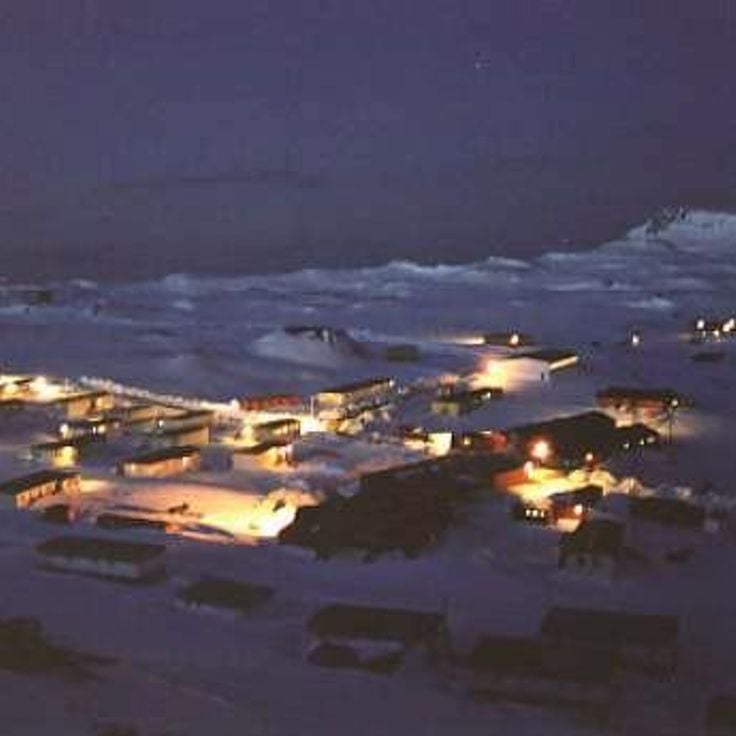
King George Island, Antarctica
Villa Las EstrellasVilla Las Estrellas is a Chilean research station on King George Island that houses 80 residents in summer and 40 in winter. The settlement includes a school, a hospital, a bank, and a post office. It serves primarily as a base for scientific work in Antarctica and provides researchers and their families with basic infrastructure for extended stays under extreme climatic conditions.
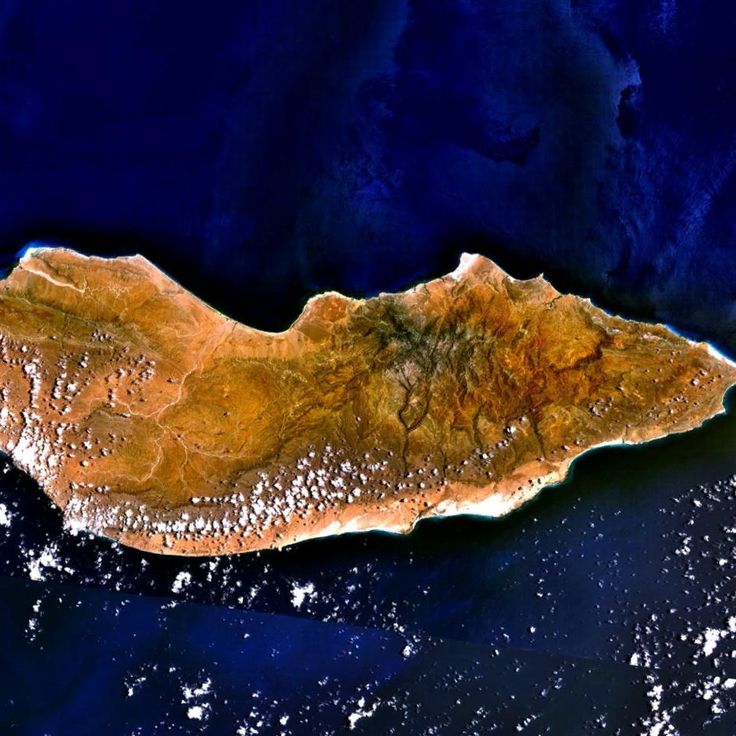
Hadibu District, Yemen
SocotraSocotra is an archipelago in the Arabian Sea off the coast of Yemen, known for its extraordinary plant and animal life. The islands are home to more than 800 plant species, with about one third being endemic, including the dragon's blood tree with its distinctive umbrella shape. The archipelago's geographic isolation over millions of years has led to the evolution of numerous species found nowhere else on Earth. The landscape includes limestone caves, sandy beaches, and plateaus. Human settlement is concentrated in a few villages, mainly along the coast, while large portions of the islands remain uninhabited.
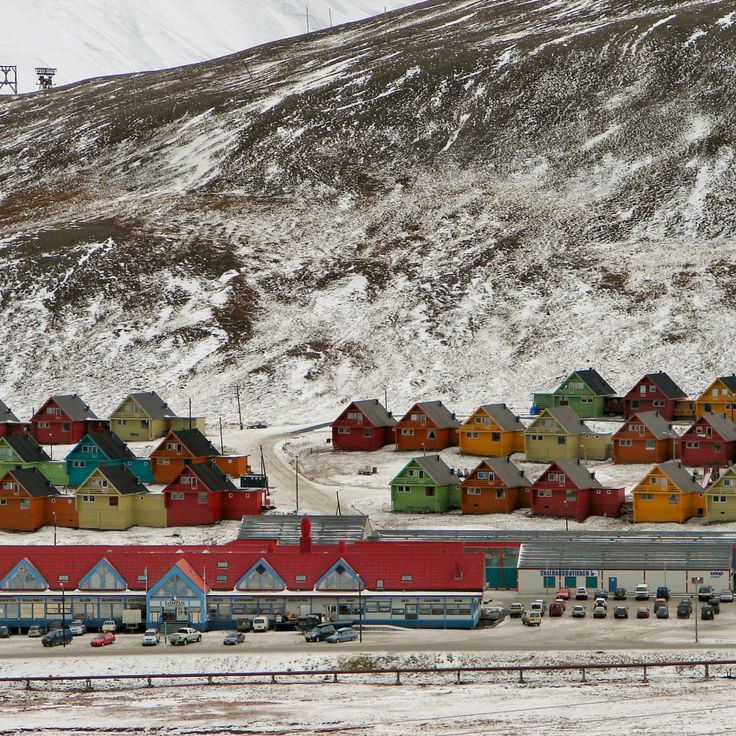
Spitsbergen, Svalbard
LongyearbyenThis Arctic settlement sits at 78 degrees north latitude and has 2000 residents along with an Arctic research university. Longyearbyen features shops, restaurants and a museum. As the world's northernmost larger settlement, this town serves as the administrative center of Spitsbergen and as a starting point for scientific expeditions in the polar region.
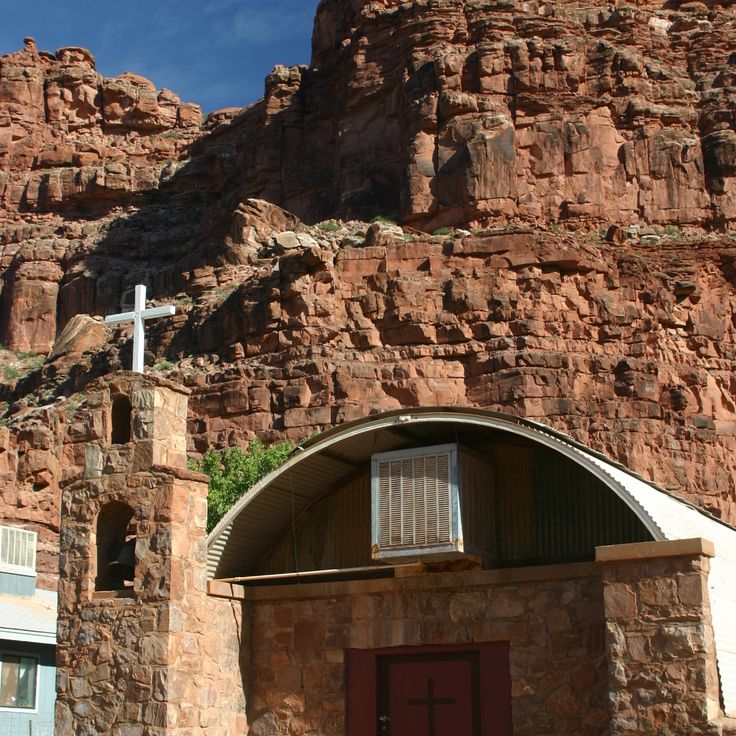
Arizona, United States
Supai VillageThe village of Supai sits deep within the Grand Canyon and serves as home to the Havasupai tribal community. With a population of around 200 residents, this remote settlement can only be reached by an 8 mile (13 kilometer) hiking trail, helicopter, or mule. Mail delivery arrives daily by mule, making Supai the last community in the United States to receive its mail in this traditional manner. Located at an elevation of 3,200 feet (980 meters), the village is surrounded by the red rock walls of the canyon. The Havasupai people have inhabited this region for over 800 years and maintain a tribal government and basic community facilities.
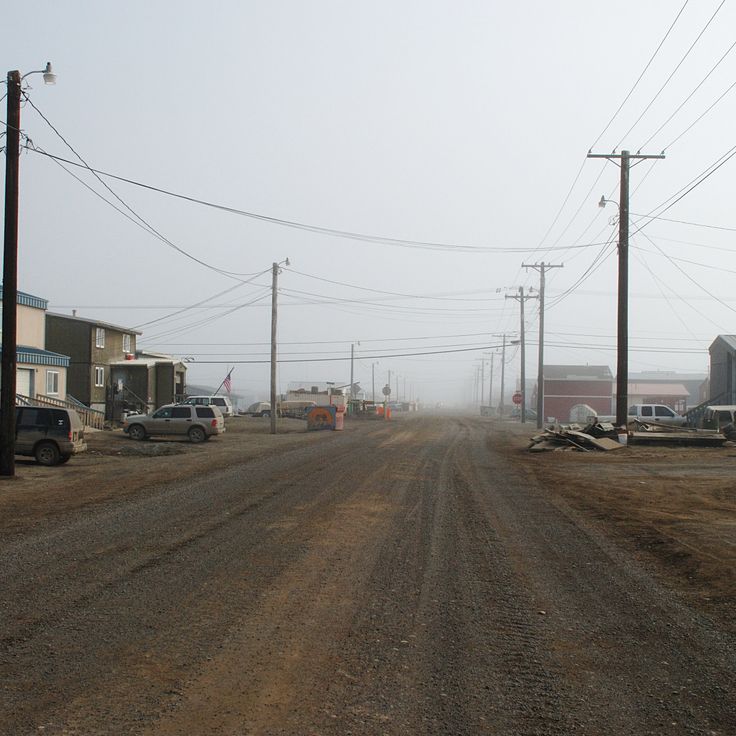
Alaska, United States
Barrow (Utqiaġvik)Barrow, officially renamed Utqiaġvik in 2016, is the northernmost city in the United States, located on the coast of the Arctic Ocean. The community experiences extreme conditions with the midnight sun from mid-May to early August and polar night from mid-November to mid-January. The city is accessible only by air and serves as the administrative center for the North Slope Borough. The predominantly indigenous Iñupiat population maintains traditional subsistence practices including marine mammal and caribou hunting. The climate remains cold year-round with average temperatures ranging from minus 4 degrees Fahrenheit (minus 20 degrees Celsius) in winter to 40 degrees Fahrenheit (4 degrees Celsius) in summer.
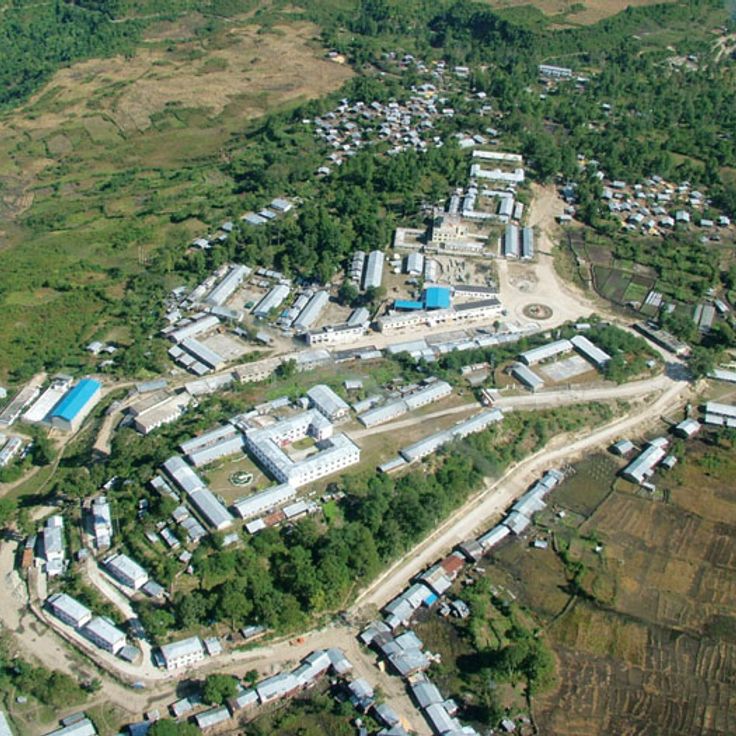
Tibet Region, China
Motuo CountyMotuo County in the Tibet Autonomous Region has no road access to the outside world. Residents traverse the area on foot across Himalayan terrain at 13000 feet (4000 meters) elevation. The isolated location makes this one of the most difficult inhabited areas to reach in China, where human presence remains minimal and connection to the rest of the world is only possible through multiday foot journeys over mountain passes.
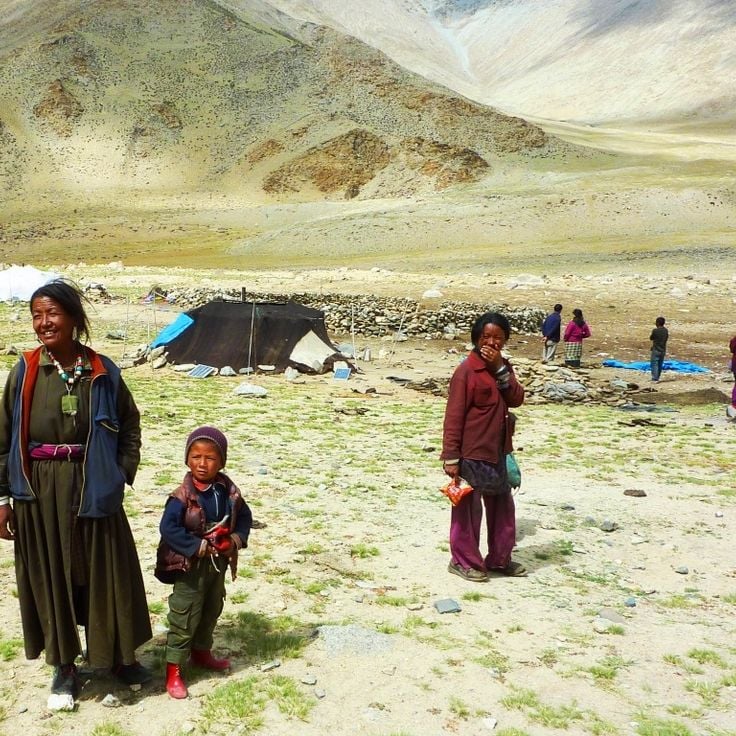
Tibet Autonomous Region, China
ChangtangThis high plateau in northern Tibet extends over 990 miles (1600 kilometers) at elevations between 13000 and 16400 feet (4000 and 5000 meters). Nomadic herders inhabit the grasslands of this remote region, where extreme altitude and harsh climatic conditions shape daily life. The Changtang forms part of the Tibetan highlands and remains one of the most sparsely populated areas in the world.
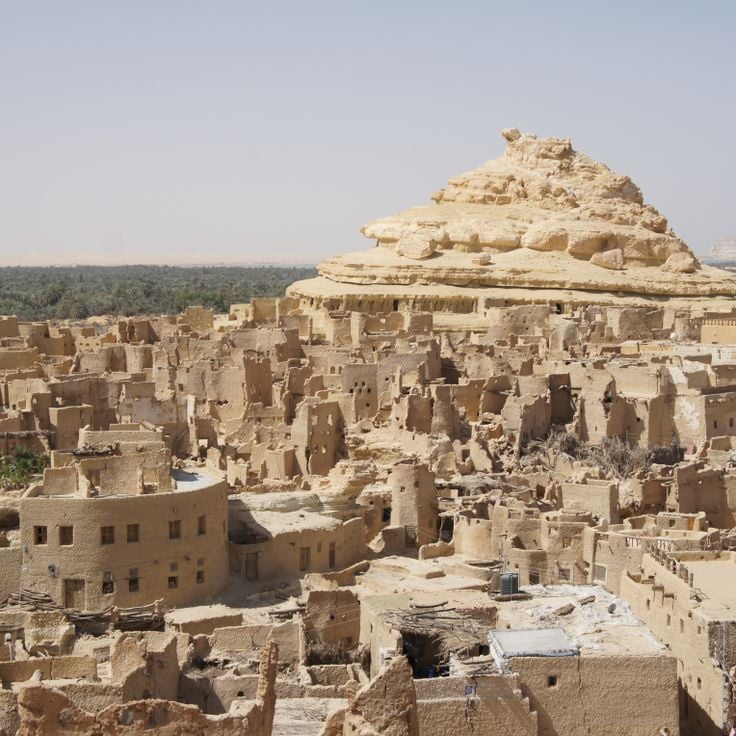
Matrouh Governorate, Egypt
Siwa OasisThis remote settlement in the Egyptian desert lies roughly 300 miles west of Cairo and receives its water supply from natural springs that sustain extensive palm groves and agricultural areas. The Siwa Oasis maintains traditional farming methods practiced for centuries, along with mud-brick architecture using distinctive building techniques with local materials. The surroundings include several salt lakes and archaeological remains from various historical periods, including temple structures and tombs. The population speaks a distinct Berber dialect and maintains cultural traditions that differ from those of the rest of Egypt. The area continues to serve as a cultivation region for dates and olives, with irrigation provided by the underground spring system.
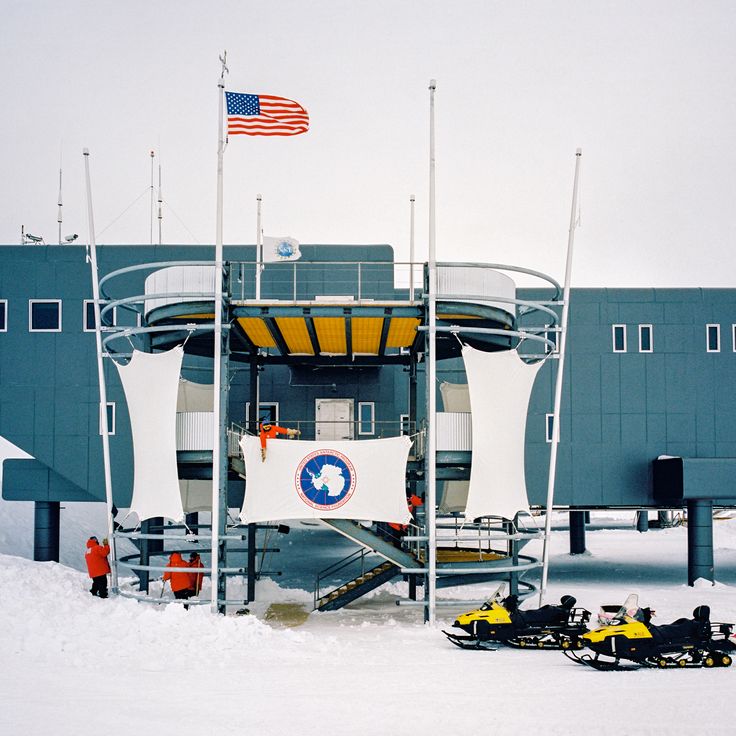
Antarctica
Amundsen-Scott South Pole StationThe Amundsen-Scott South Pole Station operates scientific research at an average temperature of minus 76 degrees Fahrenheit (minus 60 degrees Celsius). This research facility at an elevation of 9300 feet (2835 meters) focuses on atmospheric and astronomical studies in one of the most remote regions on Earth. The station sits at the geographic South Pole, where human presence is limited to scientific personnel. Its location enables observations of atmospheric phenomena and cosmic radiation.
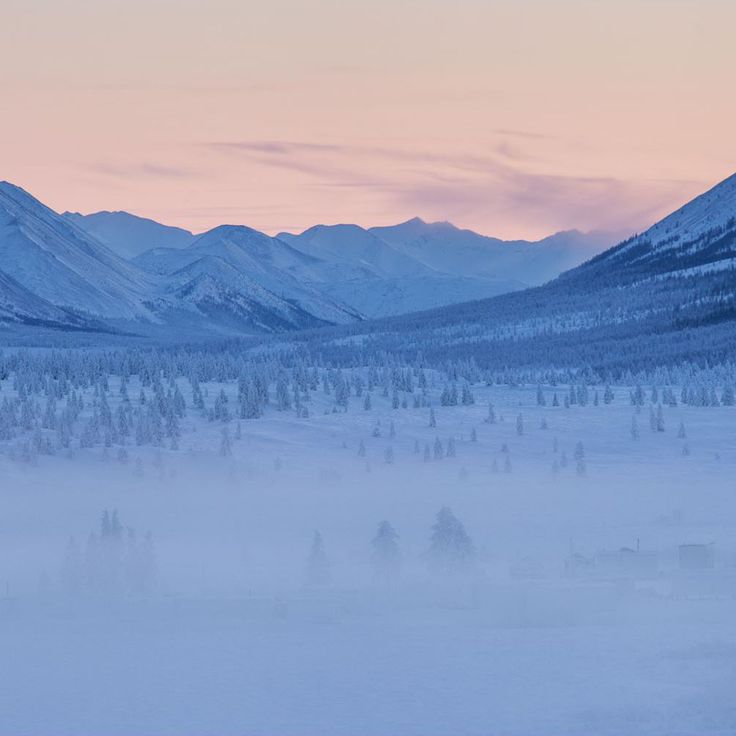
Republic of Sakha, Russia
OymyakonThis Siberian village in the eastern part of the Republic of Sakha ranks among the coldest permanently inhabited places on Earth. Oymyakon regularly records winter temperatures below minus 58 degrees Fahrenheit (minus 50 degrees Celsius), with extremes reaching minus 76 degrees Fahrenheit (minus 60 degrees Celsius). The settlement sits in a valley surrounded by mountains, which contributes to the extreme cold. Despite the harsh climatic conditions, around 500 people live here, having adapted to the extraordinary challenges of daily life at such temperatures.
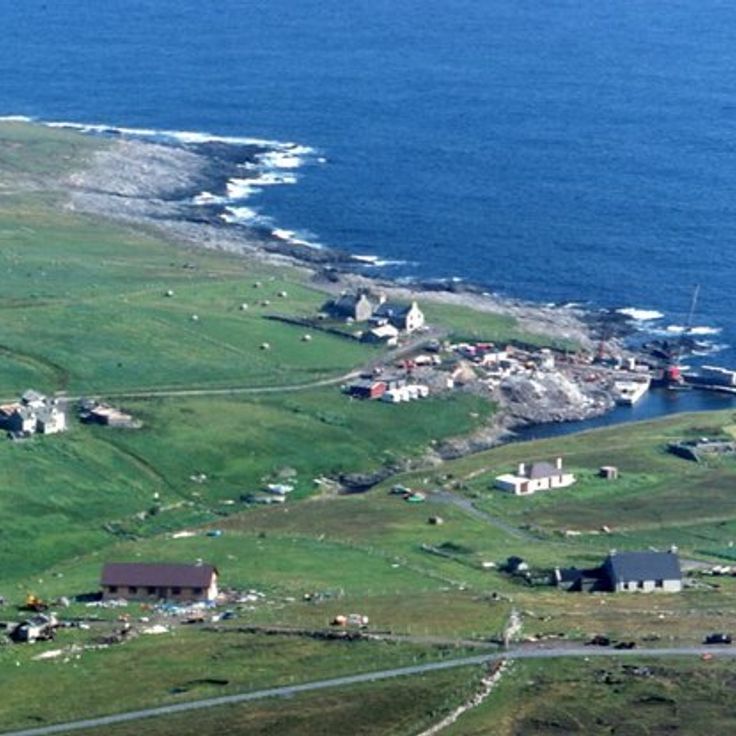
Shetland, United Kingdom
FoulaFoula sits 20 miles (32 kilometers) off the mainland of Scotland and ranks among the most remote inhabited islands in Britain. The island maintains a permanent population of around 30 residents who follow a traditional way of life. Steep cliffs rise over 1,200 feet (370 meters) above the sea and form the western side of the island. Supply services reach the island by ferry and small aircraft, with connections dependent on weather conditions and limited in frequency.